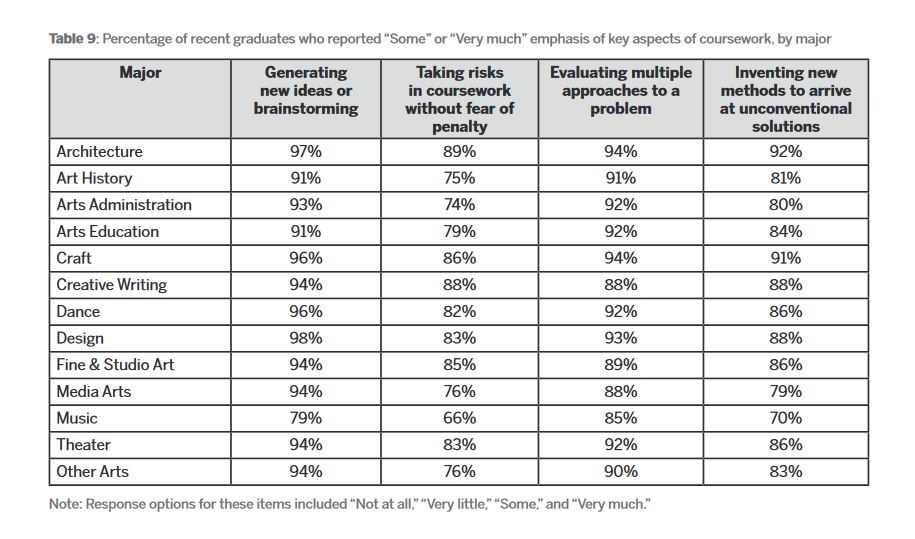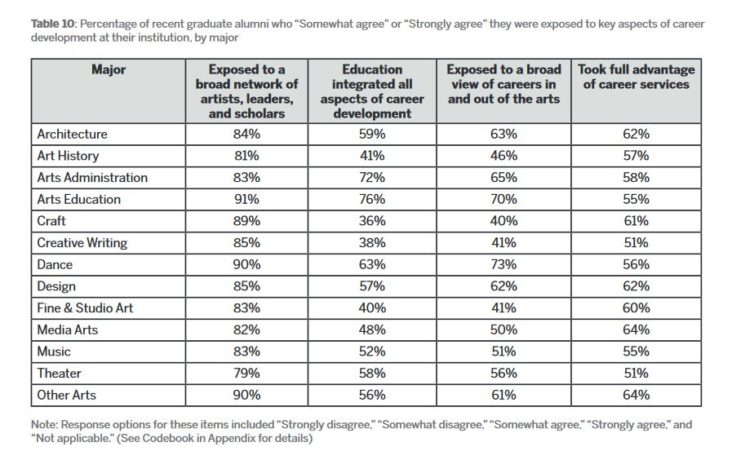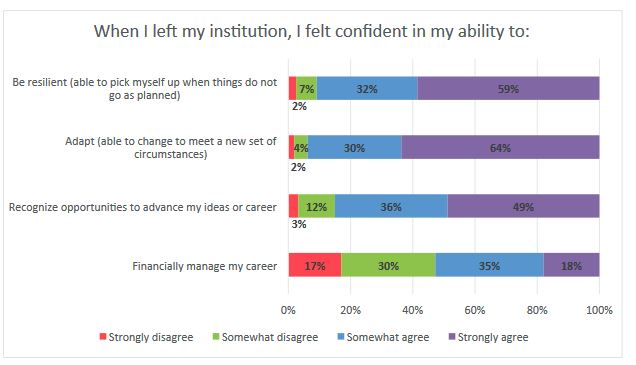Last Fall Grantmakers in the Arts published a summary of key findings from a study about community arts training. The study focused on the increasing focus of local arts agencies into cross-sector partnerships/efforts.
What I found encouraging was the expanding view among local arts agencies about their roles and the constituencies they serve. (my emphasis)
2. Cross-sector arts partnerships are becoming a core activity for increasing numbers of local arts agencies. So, the question arises: Is this just a new funding fad that is likely to dissipate as soon as its national champions switch channels? Here are a few reasons why we think this is not the case:
74 percent agreed that cross-sector arts partnerships are central to their mission.
85 percent identified organizations from other community sectors (e.g., human services, public safety, health care, community development) as a key constituency, and 75 percent were actively partnering with them.
75 percent said their recent strategic planning process addressed “broadening the impact of the arts beyond traditional arts activities and venues” as a priority.
78 percent agreed with the statement, “we see ourselves as a change agent in our community.”From our perspective it would be a mistake to interpret this level of collaboration and commitment outside the bounds of the typical local arts agency mission as solely opportunistic. In fact, we see this as a possible indication that some local arts agencies are shifting their mission focus from “arts-centric” to community-centric. Specific evidence of this showed up when we asked respondents what they regarded as the most critical issues facing their community. Most responses reflected problems and concerns affecting the broader community as well as (but much more than) those relevant solely to their arts constituencies.
The article notes that demand for training outstrips supply. They found that 79% of respondents were interested in receiving training in effectively working cross-sector, but only 18% of organizations were supplying that training. The report itself noted that rural respondents especially felt underserved, finding training was “…generally inaccessible, due to time, money and travel…”
If you are interested in finding training in this area, there is a list of programs of all types from page 13-42 of the study.
Something not in the study that I was pleased to see in the Grantmakers in the Arts piece was an “Implications for Funders” section. They advocate for patience and funding for training over the long term and emphasize the need for infrastructure investment beyond just training.
One paragraph really struck me as an important lesson for arts organizations as well as funders, namely involving the community to whom you hope to bring benefits in the plan. (my emphasis)
Vague nomenclature is potentially damaging. By definition community arts practice advances the notion that the work is going to affect people’s lives. As such, the fusion of art making and community development is often a morally and ethically complex enterprise. In our work at the Center we have found that when the institutions supporting the work are vague or ambiguous about their intentions or definitions of success, this lack of clarity can migrate to the work itself and harm the communities involved. Here is one reason why. Labels like social practice, placemaking, and community cultural development all imply community involvement of some kind. In too many instances we have found that scant attention is being paid to what this means exactly. At a minimum funders and practitioners alike should be considering some critical ethical questions as a part of their basic practice. How are the people who will bear the consequences of a project’s success or failure going to be engaged? If some public benefit is part of the deal, is there any accountability built in? And when the curtain closes, who will be there to either sustain the good work — or pick up the pieces?
Post title inspired by Jimi Hendrix’s “Cross Town Traffic” Couldn’t find a video that wasn’t a cover.





Thanks for what you are doing to bring cultural change to the arts. It is so important to represent everyone.…